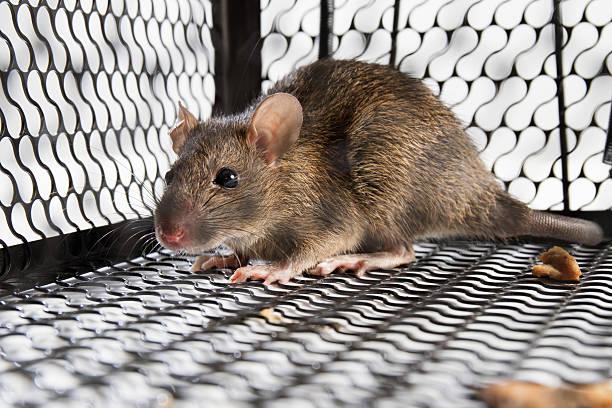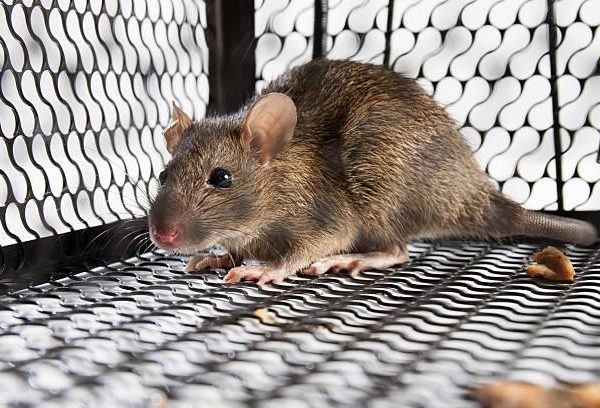Chemical and Baiting Strategies for Rats

Rats are notorious for causing significant damage and posing health risks. At Pest Blaster, we understand the urgency and discomfort associated with rodent infestations, particularly rats. Our tailored chemical and baiting strategies are designed to address your specific needs efficiently and effectively, ensuring your home or business remains rodent-free.
Table of Contents
Key Takeaways:
- Targeted Solutions: We offer tailored chemical treatments and baiting plans to combat rat infestations.
- Safety First: All methods prioritise safety, minimising risk to humans and pets.
- Expert Advice: Our team provides expert guidance to maintain a rodent-free environment.
- Efficient Results: Quick and effective results, saving you time and discomfort.
- Rat infestations can quickly become a serious problem, damaging property and spreading disease.
Effective control often requires a combination of tactics, each with its own set of considerations for safety and effectiveness. This article will delve into both chemical and baiting strategies, offering insight into how each method can be a part of your integrated pest management plan.
Chemical Strategies
Chemical treatments, including the use of rodenticides, are a potent means to control rat populations and are often employed in efforts to reduce rats across the city. Rodenticides are toxic substances designed specifically to eliminate rodents.
- Anticoagulants: These are common and work by preventing the blood from clotting, leading to internal bleeding. It’s a slow process, allowing rats to return to their burrows and die away from human spaces.
- Non-anticoagulants: These poisons work faster by disrupting calcium levels, leading to heart or kidney failure.
We only use APVMA approved rodenticides to ensure safety and compliance with Australian standards. It’s crucial to apply these chemicals in ways that do not expose non-target animals or humans to the toxins.
Baiting Techniques
Baiting involves setting up bait stations that attract rats and deliver a lethal dose of rodenticide. Our services ensure the effectiveness of this method in drawing rats out from their hiding spots.
- Placement: Strategic placement of bait stations can enhance the effectiveness significantly. They are typically placed along walls or near active rat paths.
- Bait Selection: Using attractive baits is crucial. Professional baits often use food-grade ingredients to lure rats effectively.
Integration with Hygiene and Proofing
Chemical and baiting strategies are most effective when combined with good hygiene and proofing measures. Removing food sources and blocking entry points are essential steps in ensuring that your space remains unattractive to rats.
Rats are not just a nuisance but can pose serious health risks by spreading diseases such as leptospirosis and hantavirus. Understanding the behaviour of these rodents and employing effective strategies to manage them is crucial for maintaining a safe and healthy environment. At our blog, we provide in-depth insights and practical tips for effective rat control, helping you safeguard your home and community.
Understanding Rat Behaviour
To effectively combat rat infestations, it’s essential to understand their behaviour:
- Nocturnal Activity: Rats are primarily active at night. Observing increased activity during the day may indicate a large infestation.
- Nesting: Rats prefer dark, undisturbed areas such as attics, basements, and under concrete. Identifying and sealing these areas can prevent nesting.
- Reproduction: Rats reproduce rapidly, making early intervention crucial to prevent a full-blown infestation.
Understanding these behaviours will aid in tailoring strategies that are both preventative and reactive to the presence of rats.
Advanced Chemical Approaches
While basic rodenticides are effective, advanced chemical approaches can offer a more robust solution:
- Slow-acting Baits: These are designed to avoid bait shyness, where rats avoid the bait after sensing the sickness it causes. Slow-acting baits ensure that rats do not associate the discomfort with the bait.
- Liquid Baits: In situations where food is plentiful, but water is scarce, liquid baits can be a valuable tool in the pest control arsenal.
Ethical and Safe Baiting Practices
Ethics and safety are paramount when dealing with pest control. Our baiting practices are designed with these principles in mind:
- Targeted Placement: Bait stations are carefully placed to target rats while minimising exposure to non-target species.
- Tamper-Proof Stations: These stations prevent access by children and pets, ensuring safety for your family and the wider community.
Integrating Technology in Rodent Control
Technology plays a crucial role in modern pest control strategies. We utilise the following technological solutions:
- Motion Sensor Cameras: These help in monitoring active rat paths and identifying high-traffic areas.
- Ultrasonic Devices: While not a standalone solution, when used in conjunction with baits and chemicals, ultrasonic devices can deter rats from settling in certain areas.
Community Engagement and Education
Educating the community about the risks associated with rats and the importance of early intervention is a key part of our strategy:
- Workshops and Seminars: We offer community seminars to educate about prevention and early detection of rat infestations.
- Collaborative Efforts: Working with local businesses and communities to manage waste and environmental conditions that attract rats.
Monitoring and Continuous Improvement
Continuous monitoring and adaptation of strategies are vital to effective rat control:
- Regular Inspections: Scheduled inspections help in early detection and management of potential infestations.
- Feedback Mechanisms: We encourage feedback from our clients to improve and adapt our strategies based on real-world effectiveness.
The Importance of Professional Help
While DIY solutions can provide temporary relief, professional pest control services offer long-term solutions and peace of mind:
- Expertise and Experience: Professionals have the training and experience to handle infestations safely and effectively.
- Customised Solutions: Each infestation is unique, and professional services can tailor their approach to your specific situation.
For those facing significant infestations or seeking preventative measures, enlisting professional help, such as the importance of pest control maintenance, is often the most effective approach. At Pest Blaster, we are equipped with the knowledge, tools, and experience to provide comprehensive solutions that ensure your environment is safe and rat-free.
Next Steps in Rat Control
Taking proactive steps can significantly reduce the likelihood of a rat infestation:
- Regular Maintenance: Regular checks and maintenance of your property can prevent the conditions that attract rats.
- Community Awareness: Encouraging community awareness helps in collectively reducing the impact of rat infestations.
Implementing these strategies not only minimises the risk of infestation but also contributes to a healthier and safer environment for everyone.
Conclusion
At Pest Blaster, we’re committed to providing you with the most effective rat control solutions. If you’re struggling with a rat problem, contact us today for a consultation. Our expert team is ready to help you reclaim your space from unwanted pests.
FAQs
Common signs include droppings, gnaw marks, and unusual pet behaviour.
While rat bait is toxic, strategic placement and the use of lockable bait stations can mitigate risks to pets.
We recommend checking them at least once a month or as advised by your pest control professional.
Rats can develop resistance to certain poisons, which is why we rotate the type of rodenticide used in our treatments.
It’s important to use gloves and a plastic bag to dispose of the carcass safely, and then disinfect the area thoroughly.



